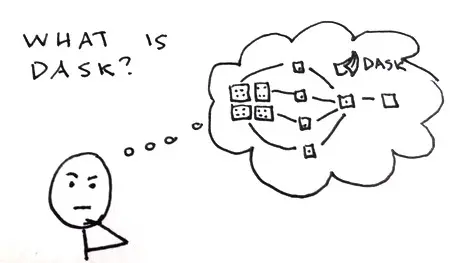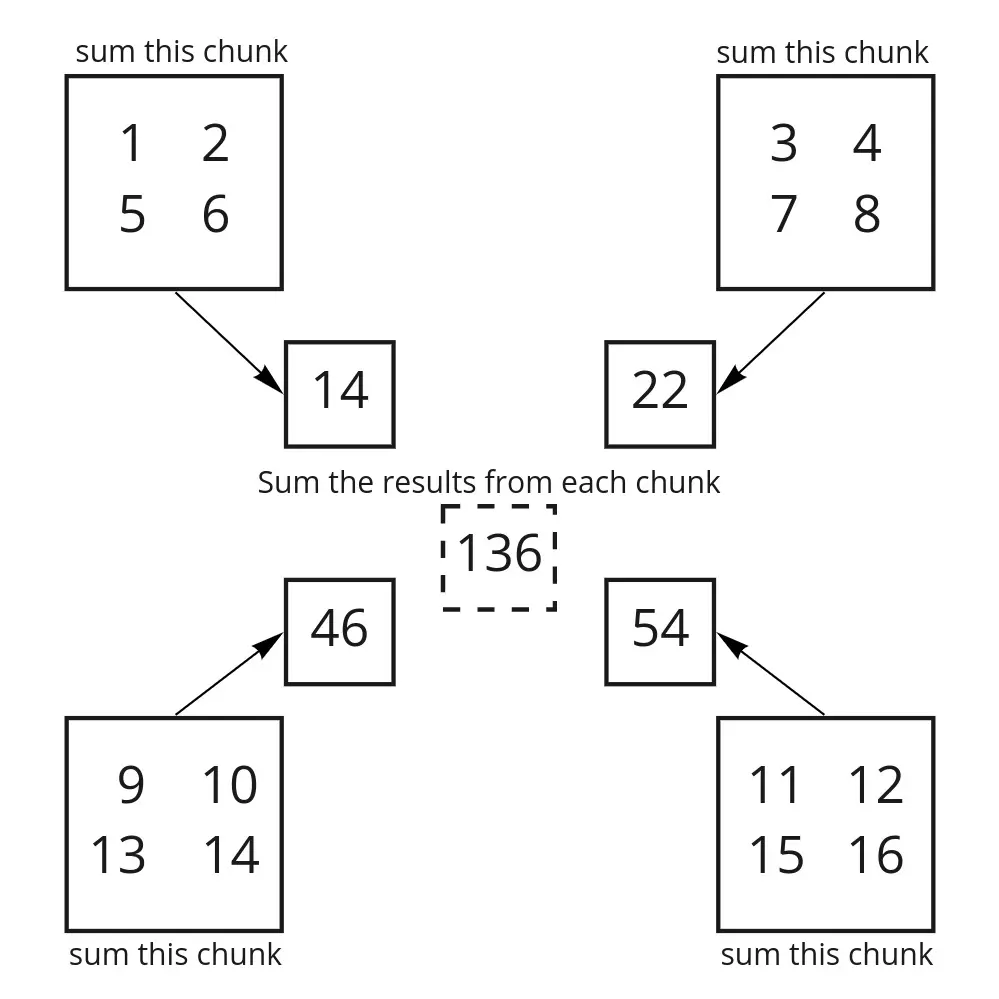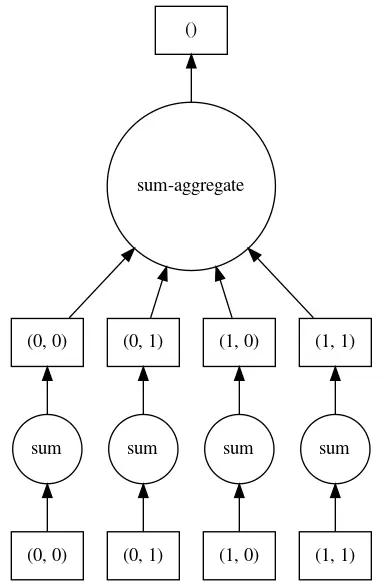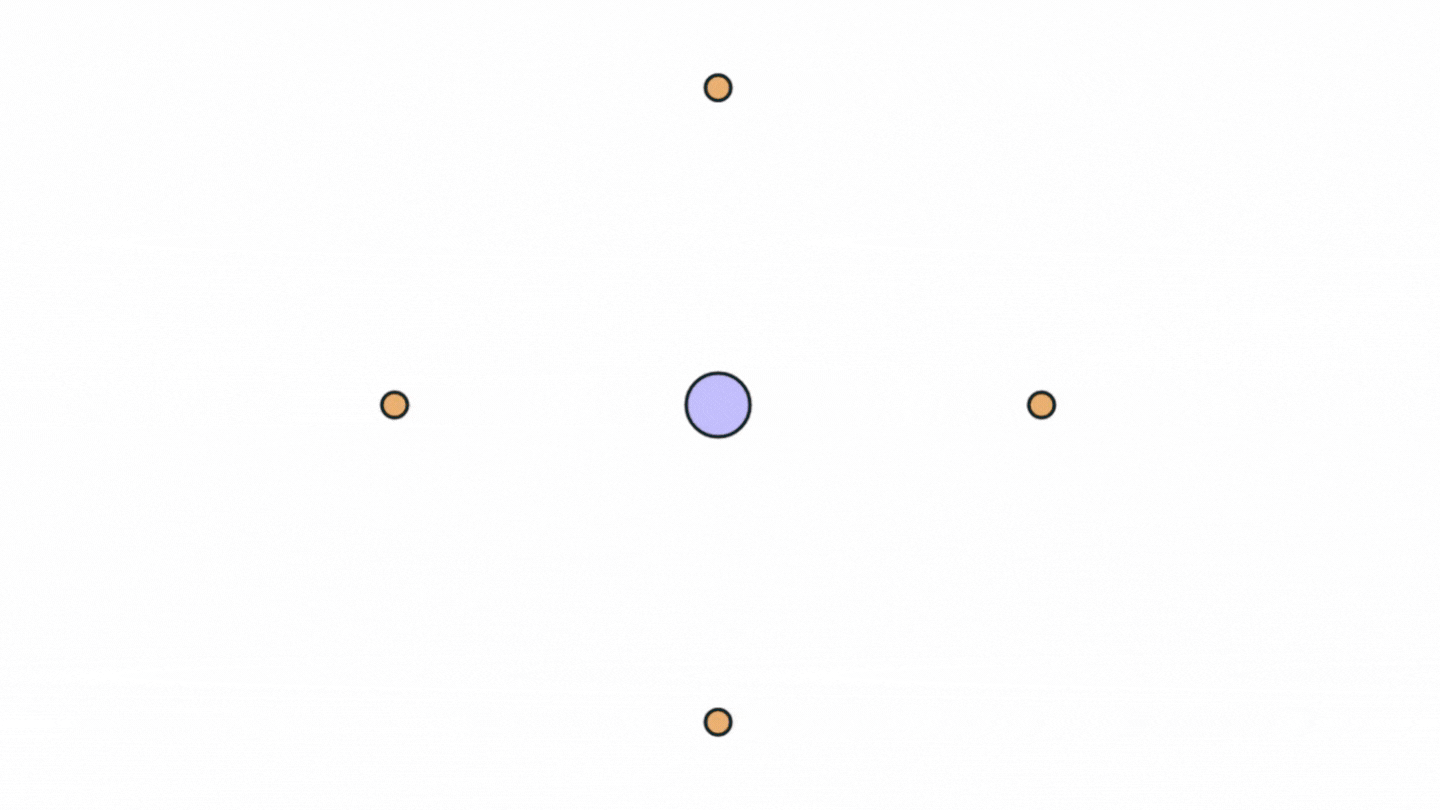What is Dask and How Does it Work?

Check out Dask in 15 Minutes by Dan Bochman for a video introduction to Dask
Dask is an open-source Python library that lets you work on arbitrarily large datasets and dramatically increases the speed of your computations. It is available on various data science platforms, including Saturn Cloud.
This article will first address what makes Dask special and then explain in more detail how Dask works. So: what makes Dask special?
- Familiar Interface
- Flexibility when you need it
- Python all the way down
Familiar Interface
Dask doesn’t reinvent the wheel.
Python has a rich ecosystem of data science libraries including numpy for arrays, pandas for dataframes, xarray for nd-data, and scikit-learn for machine learning. Dask matches those libraries.
This means:
- you don’t have to learn a new set of arguments to pass to
read_csv - you don’t have to do a massive code-restructure to start using Dask.
import pandas as pd
df = pd.read_csv("datafile.csv")
df["profit"].resample("1D").sum()
import dask.dataframe as dd
df = dd.read_csv("datafile.csv")
df["profit"].resample("1D").sum()
import numpy.array as np
a = np.array([1, 2, 3, 4])
b = np.arange(5, 9)
a * b
import dask.array as da
a = da.array([1, 2, 3, 4])
b = da.arange(5, 9)
a * b
xarray
import xarray as xr
ds = xr.open_dataset(
"temperature.zarr"
)
ds.air.mean("time")
import xarray as xr
ds = xr.open_dataset(
"temperature.zarr",
chunks={"time": 1000}
)
ds.air.mean("time")
Flexibility when you need it
Sometimes your data doesn’t fit neatly in a dataframe or an array. Or maybe you have already written a whole piece of your pipeline and you just want to make it faster. That’s what dask.delayed is for. Wrap any function with the dask.delayed decorator and it will run in parallel.
import dask
@dask.delayed
def my_function(x, y):
"""This can do anything you like"""
outputs = []
for x, y in ...:
outputs.append(my_function(x, y))
Python all the way down
This one is simple. Dask is written in Python and runs Python for people who want to write in Python and troubleshoot in Python.
How does it work?
There are three main pieces that combine to let Dask effectively run distributed code with minimal effort from you.
- Blockwise algorithms run in parallel on shards of data
- Task Graph organizes tasks and enables optimization
- Scheduler decides which worker in a potentially many-node cluster gets which task.
Blockwise Algorithms
Dask arrays may look like numpy and Dask dataframes may looks pandas, but the actual implementation of each method is rewritten to work in parallel. This means:
- Your data doesn’t have to fit into memory.
- You can operate on different pieces of it at the same time - which is faster.
How it works
Internally, a Dask array is a bunch of numpy arrays in a particular pattern. Dask implements blockwise operations so that Dask can work on each block of data individually and then combine the results.
Let’s consider a 4x4 array that goes from 1 to 16 and is divided into 4 2x2 chunks.
import numpy as np
import dask.array as da
a = da.from_array(
np.array([
[ 1, 2, 3, 4],
[ 5, 6, 7, 8],
[ 9, 10, 11, 12],
[13, 14, 15, 16]
]),
chunks=(2, 2)
)
When you take the sum of that array (a.sum()), Dask first takes the sum of each chunk and only after each of those is completed, takes the sum of the results from each chunk.

By having each worker do a sum separately, then combine at the end, Dask is able to do the computation roughly 4 times faster than if there was only a single worker having to do it all on its own.
Task graph
Dask doesn’t do anything until you tell it to - it’s lazy.
When you call methods - like a.sum() - on a Dask object, all Dask does is construct a graph. Calling .compute() makes Dask start crunching through the graph.
By waiting until you actually need the answer, Dask gets the chance to optimize the graph. So Dask only ever has to read the data that is needed to get the result that you asked for. By being lazy Dask ends up doing less work! This is often faster than if Dask had to do all the computations the moment the original function is called.
How it works
Each operation on each block is represented as a task. These tasks are connected together into a graph so that every task knows what has to happen before it runs.
Here is the task graph for the a.sum() operation described above.

Dask strings together operations by adding layers to the graph. The graph is represented as a dict-like object where each node contains a link to its dependencies.
Right before the graph is computed, there is an optimization step that can consolidate many tasks into one (fuse), drop tasks that are no longer needed (cull). You can even define your own custom optimizations.
Scheduler decides who gets what
To each according to their needs… - Karl Marx
Triggering computation on a task graph tells Dask to send the graph to the scheduler. There, each task is assigned to a worker. Depending on how you set things up you might have 4 workers on your personal computer, or you might have 40 workers on an HPC system or on the cloud. The scheduler tries to minimize data transfer and maximize the use of each worker.
This is what it looks like for the scheduler (shown here in purple) to send out the a.sum() operation to each of the workers (shown in orange and yellow).

Since there are 4 workers, the sum on each chunk happens in parallel. This is ultimately what lets Dask be so fast. Each worker only needs to receive a small piece of the data at a time and can operate on it while other workers are operating on the other pieces.
Crucially, this means that the entire dataset is not read by any one worker. So your data can be arbitrarily big and it’s still possible to work with it.
Conclusion
Sometimes your data is a reasonable size and you can happily use regular numpy and pandas. Other times it isn’t and you can’t. That’s where Dask comes in! Have fun getting started!
Additional Resources
- Official Dask documentation - These are the pages on dask.org maintained by the Dask community
- Easily connect to Dask from outside of Saturn Cloud - This blog post walks through using a Saturn Cloud Dask cluster from a client outside of Saturn Cloud
- Saturn Cloud Dask examples - we have examples of using Dask for many different purposes, including machine learning and Dask with GPUs.
- Should I Use Dask?
- Easily Connect to Dask from Outside of Saturn Cloud
- Lazy Evaluation with Dask
- Random Forest on GPUs: 2000x Faster than Apache Spark
- Dealing with Long Running Jupyter Notebooks
- Top 33 JupyterLab Extensions 2022
- An Intro to Data Science Platforms
- What are Data Science Platforms
- Most Data Science Platforms are a Bad Idea
- Top 10 Data Science Platforms And Their Customer Reviews 2022
- Saturn Cloud: An Alternative to SageMaker
- PDF Saturn Cloud vs Amazon Sagemaker
- Configuring Sagemaker
- Top Computational Biology Platforms
- Top 10 ML Platforms
- Setting up JupyterHub
- Setting up JupyterHub Securely on AWS
- Setting up HTTPS and SSL for JupyterHub
- Using JupyterHub with a Private Container Registry
- Setting up JupyterHub with Single Sign-on (SSO) on AWS
- List: How to Setup Jupyter Notebooks on EC2
- List: How to Set Up JupyterHub on AWS
About Saturn Cloud
Saturn Cloud is a portable AI platform that installs securely in any cloud account. Build, deploy, scale and collaborate on AI/ML workloads-no long term contracts, no vendor lock-in.
Saturn Cloud provides customizable, ready-to-use cloud environments
for collaborative data teams.
Try Saturn Cloud and join thousands of users moving to the cloud without having to switch tools.



